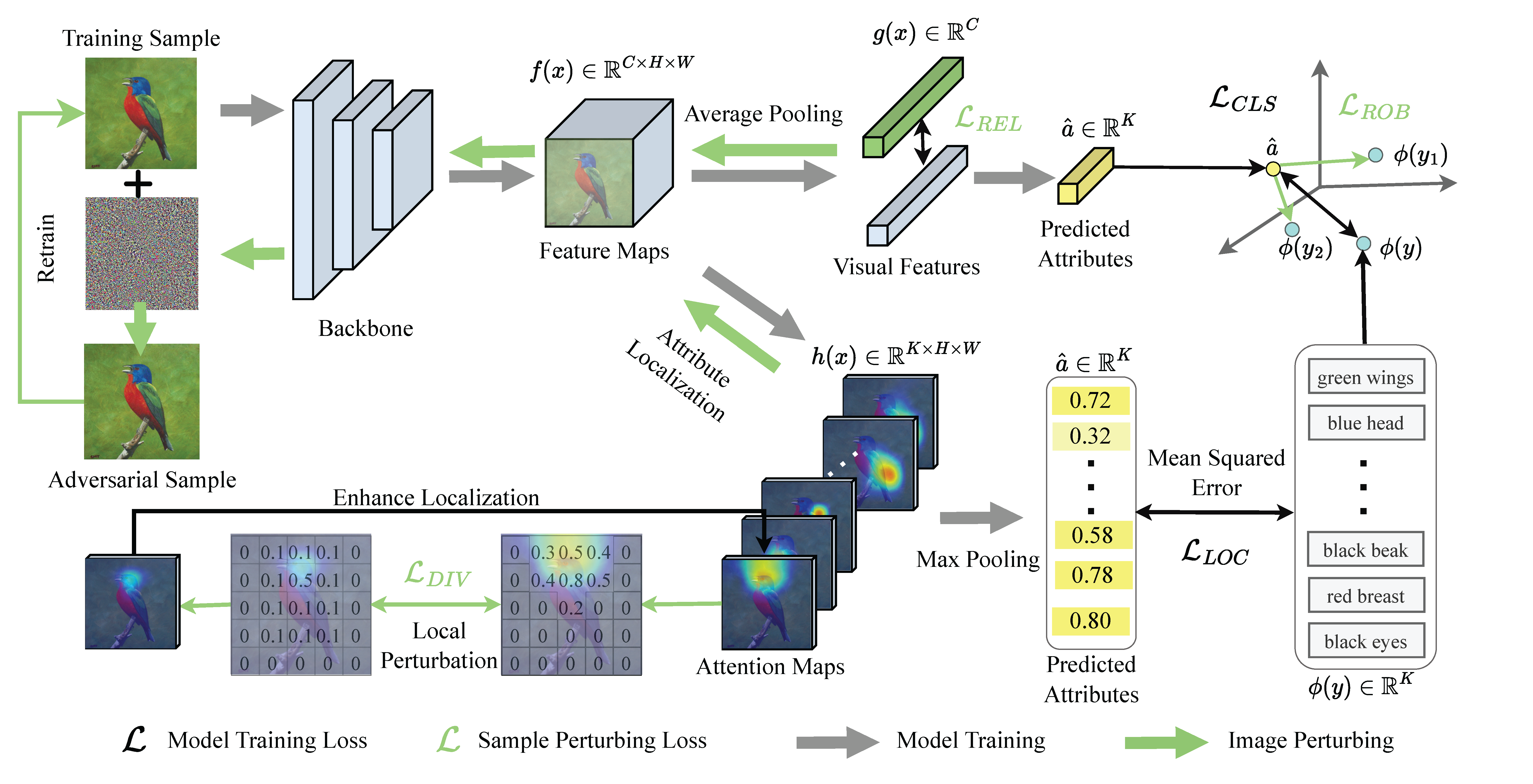HSVA: Hierarchical Semantic-Visual Adaptation for Zero-Shot Learning
Zero-shot learning (ZSL) tackles the unseen class recognition problem, transferring semantic knowledge from seen classes to unseen ones. Typically, to guarantee desirable knowledge transfer, a common (latent) space is adopted for associating the visual and semantic domains in ZSL. However, existing common space learning methods align the semantic and visual domains by merely mitigating distribution disagreement through one-step adaptation. This strategy is usually ineffective due to the heterogeneous nature of the feature representations in the two domains, which intrinsically contain both distribution and structure variations. To address this and advance ZSL, we propose a novel hierarchical semantic-visual adaptation (HSVA) framework. Specifically, HSVA aligns the semantic and visual domains by adopting a hierarchical two-step adaptation, i.e., structure adaptation and distribution adaptation. In the structure adaptation step, we take two task-specific encoders to encode the source data (visual domain) and the target data (semantic domain) into a structure-aligned common space. To this end, a supervised adversarial discrepancy (SAD) module is proposed to adversarially minimize the discrepancy between the predictions of two task-specific classifiers, thus making the visual and semantic feature manifolds more closely aligned. In the distribution adaptation step, we directly minimize the Wasserstein distance between the latent multivariate Gaussian distributions to align the visual and semantic distributions using a common encoder. Finally, the structure and distribution adaptation are derived in a unified framework under two partially-aligned variational autoencoders. Extensive experiments on four benchmark datasets demonstrate that HSVA achieves superior performance on both conventional and generalized ZSL. The code is available at \url{https://github.com/shiming-chen/HSVA} .
PDF Abstract NeurIPS 2021 PDF NeurIPS 2021 Abstract



 AwA
AwA